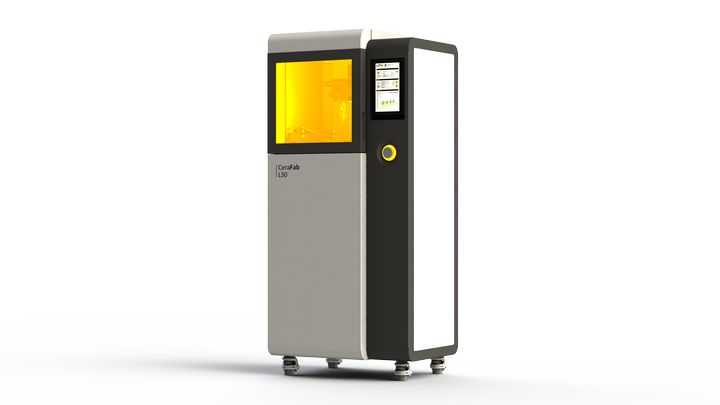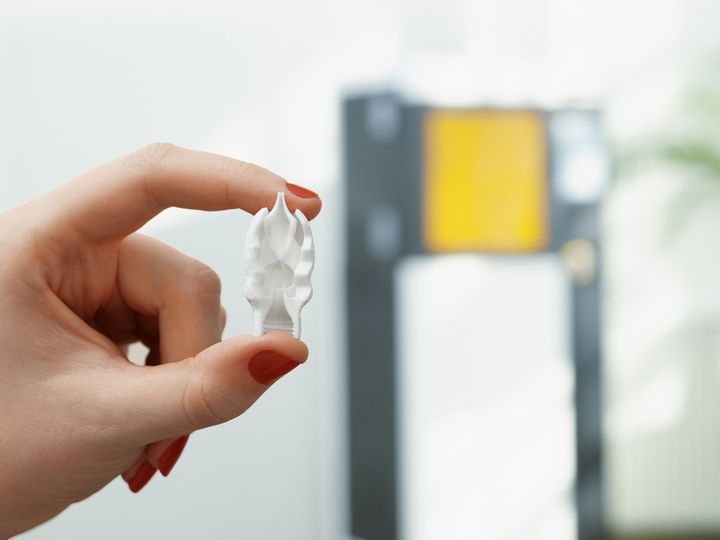
Lithoz announced a new entry-level ceramic 3D printer, the CeraFab L30.
The Austrian company has been producing ceramic 3D printers for quite a few years, and they are one of very few that specialize in ceramic materials. We first saw their flagship CeraFab 7500 device way back in 2012.
Ceramics are unusual materials that offer unique properties quite different from the more typical polymer and metal 3D printing materials. They can withstand extreme temperatures, are highly resistant to chemicals and are electrically non-conductive. Ceramics can also be 3D printed into molds for casting metal at high temperatures.
I’m surprised there isn’t a lot more ceramic 3D printing taking place, but it’s likely the ceramics world is yet another segment where many incumbents haven’t discovered the possibilities of 3D printing tech.
Nevertheless, Lithoz may make a dent in that barrier with their new CeraFab L30 device. The company’s other machines are focused on production, multi-material and healthcare use, and are priced appropriately.
The L30 is focused on more experimental and discovery use. Lithoz explains:
“The CeraFab L30 has been engineered by Lithoz to be an ideal starting point for ceramic 3D printing, as well as a solution for fine-tuning 3D-printed parts and designs. This machine also enables the development and use of own materials, making it well-suited for use in research and labs. The Lithography-based Ceramic Manufacturing technology used by Lithoz allows for far greater freedom in design when compared to conventional manufacturing techniques. Additionally, this technology ensures economical material usage, as the upside-down building technique allows the machine to be ready to print with as little as 15 ml of material.”
To clarify their last point, some SLA systems require vast quantities of ceramic resin in the device’s reservoir before 3D printing can commence. In some cases the cost of this amount of resin can exceed the price of the printer itself, so Lithoz makes an important point here.

That aspect ties in well with the strategy for the L30, which is to bring costs down.
The low-cost feature of the L30 is likely intended on getting it into the hands of more experimenters, who can puzzle out new innovations with the machine. These can be used in a company as a hands-on demonstration of what is possible, and this could eventually lead to a company introducing new products — and purchasing additional Lithoz equipment and materials.
In many companies there is often a challenge to introducing new concepts, and the best way to overcome them is to show demonstrative results. By lowering the cost to perform those demonstrations Lithoz will certainly enable many more clients to get involved.
The CeraFab L30 has a modest build volume of 76 x 43 x 170 mm, and can 3D print up to 100 layers per hour. Resolution is quite good, with a minimum layer size of only 0.025mm.
If your company is curious about ceramic 3D printing, the L30 might be an appropriate step forward.
Via Lithoz
